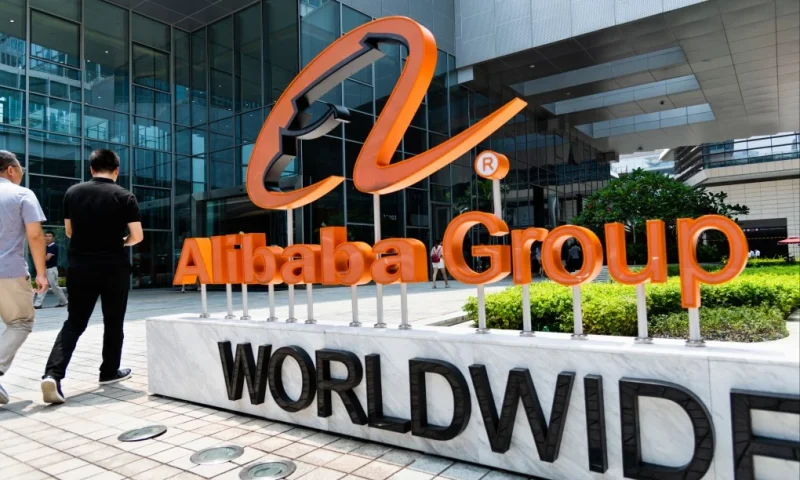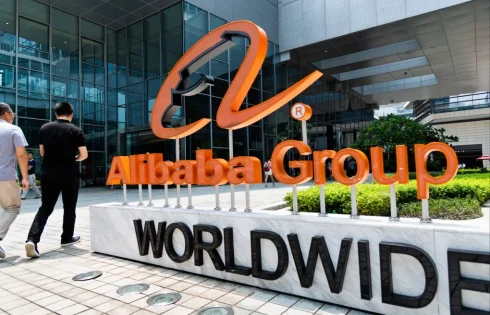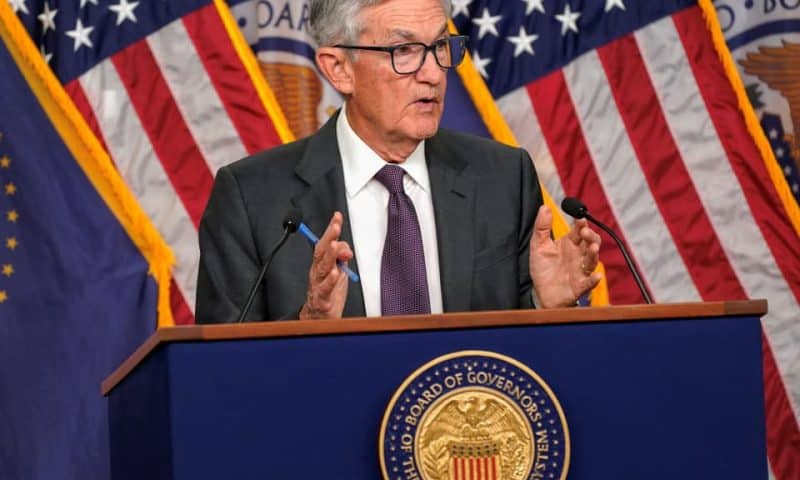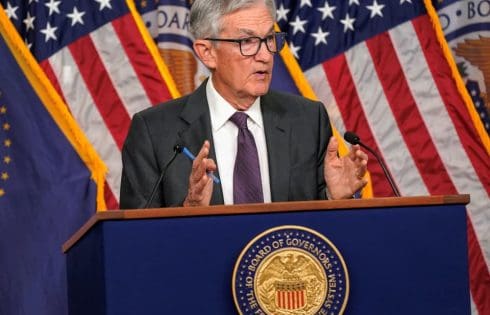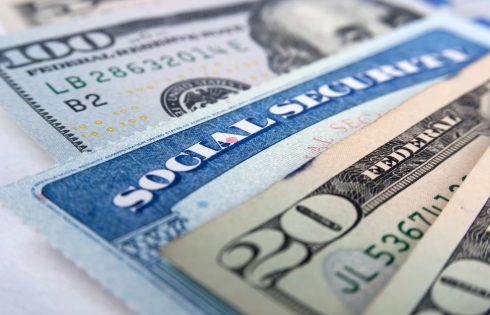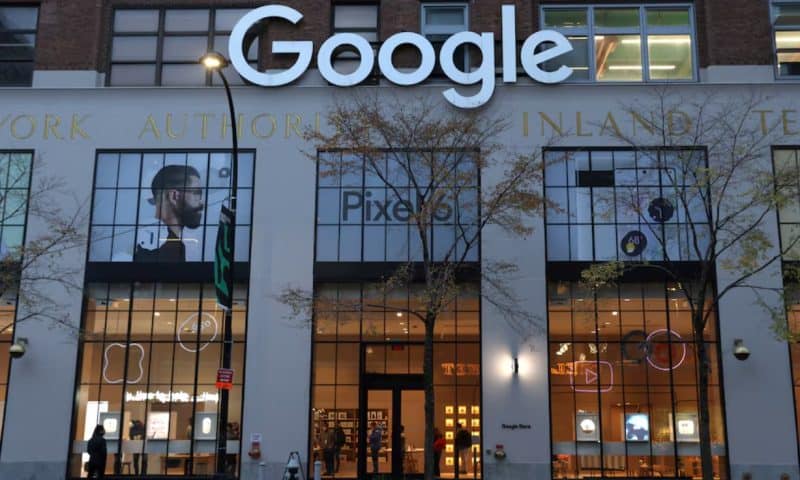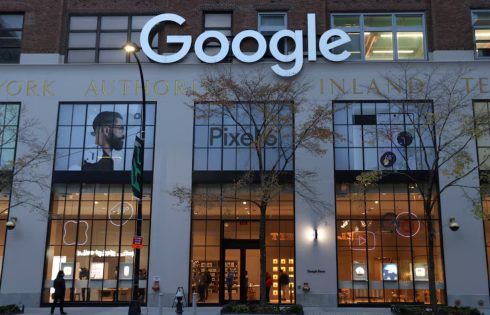Japan automakers on brink of extended slump as Trump tariffs loom

TOKYO — Japan’s seven major automakers look set to enter a prolonged phase of profit decline as intensifying U.S. competition and soaring expenses weigh on their earnings.
The automakers — Toyota Motor, Honda Motor, Nissan Motor, Subaru, Mazda Motor, Mitsubishi Motors and Suzuki Motor — saw combined profits decline for the October-December quarter. Their profits are forecast to fall again in the current quarter ending in March and the following quarter ending in June.
Combined operating profit totaled 1.99 trillion yen ($13.3 billion) for the October-December period, sliding 25% on the year for a second consecutive quarter of decline.
Five of the seven automakers reported a decrease. Toyota’s profit fell 28% to 1.21 trillion yen, while Nissan plunged 78% to 31.1 billion yen and Mitsubishi sank 75% to 13.8 billion yen. Honda rose 5% to 397.3 billion yen thanks to strong motorcycle sales, while Suzuki climbed 9% to 144.7 billion yen on strong domestic sales.
Combined consolidated sales for the seven automakers rose 3% on the year in October-December to reach 25 trillion yen, buoyed by the weak yen. Global unit sales fell 2% to 6.36 million. But excluding Honda and Nissan’s China sales — which are in a continued slump — would result in a slight increase.
Profits are declining in part because profitability is being sapped by intensifying competition in the U.S. A large increase in sales incentives paid to dealers is squeezing automaker profits.
The industry average for incentives in the U.S. was almost $4,000 per vehicle at the end of 2024, soaring 50% in a year, Cox Automotive reports. Subaru, which has relatively low incentives, saw these double to just over $2,500.
“As the Chinese and European markets are not doing so well, Japanese, U.S. and European automakers are all focusing on North America,” Katsuyuki Mizuma, a Subaru board director, said at a February earnings conference.
Even Toyota, which has the lowest U.S. incentives in the industry, raised them to nearly $2,000, more than double from a year ago.
Honda’s incentives climbed 130% to almost $3,500. Its electric vehicles, which rolled out in earnest last year, helped push up the figure. EV incentives remain about double the industry average.
Nissan’s overall incentives were almost $4,500, a 60% increase from 2023.
Expenses also are rising, particularly development and labor costs for electrified vehicles. Toyota’s investment in growth areas like EVs and software depressed profit by 70 billion yen in October-December, while rising labor costs — including at suppliers — pushed down profit by 130 billion yen.
Research and development costs squeezed profit by 17.5 billion yen for Honda and by 7.5 billion yen for Mazda.
Earnings trends among the seven automakers over the past few years show that year-on-year quarterly operating profit increases or decreases tend to continue for extended periods.
Collectively, a year-on-year increase flipped to a decrease the next quarter only five times in the past 10 years. In the quarter following each of those initial shifts to a decline, profits continued to decrease or even dipped into loss territory four of the five times, including October-December 2024.
Conversely, of the four times when profits turned from a year-on-year decrease to an increase, they continued to rise or went into the black in the next quarter three of those times.
These profit cycles tend to be relatively long for various reasons. In the past, the main cause was that supply and demand trends driven by exchange rates or the coronavirus pandemic continued for some time.
Today, the prolonged trends of rising incentives and expenses are a major factor.
“One of the reasons is that the model renewal cycle for automobiles is longer than for other products,” said Seiji Sugiura of Tokai Tokyo Intelligence Laboratory.
Bringing a new model to market generally takes three to five years from development to launch. And if sales of the new model are poor, cutting production can take several months due to employment and equipment considerations, Sugiura said. Nissan’s earnings have worsened due to poor sales of its main models in North America.
Combined operating profit for the Japanese automakers are expected to fall 12% for January-March based on their own forecasts. The QUICK Consensus market forecast shows a 2% decline. The market also expects a 9% decline in April-June.
Tariffs proposed by U.S. President Donald Trump could deepen these struggles. Boston Consulting Group estimated that, if levies of 25% are imposed on imports from Canada and Mexico, 60% on China and 20% on other countries, Japan would incur a tariff burden of $11 billion on automobiles and parts alone. Mexico’s burden in the sector would reach $45.1 billion.
Among Japanese automakers, Nissan and Mazda are expected to be particularly affected. Nissan rely on Mexican exports for about 35% of its U.S. sales and nearly 30% for Mazda. Both companies also export from Japan to the U.S.






